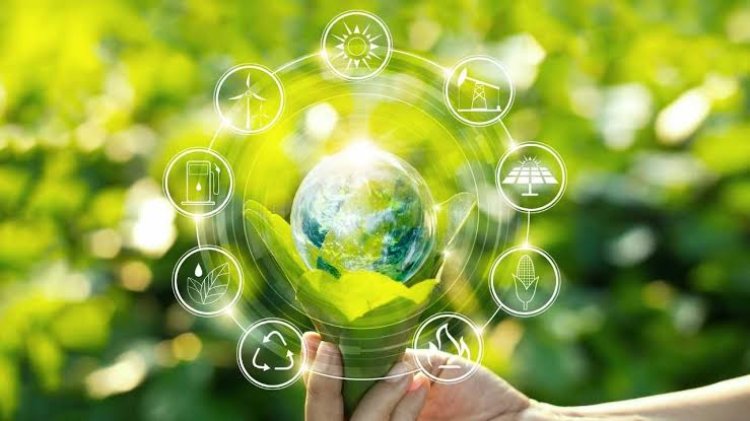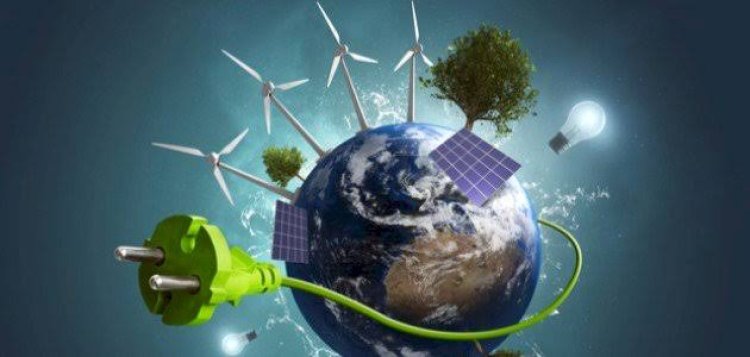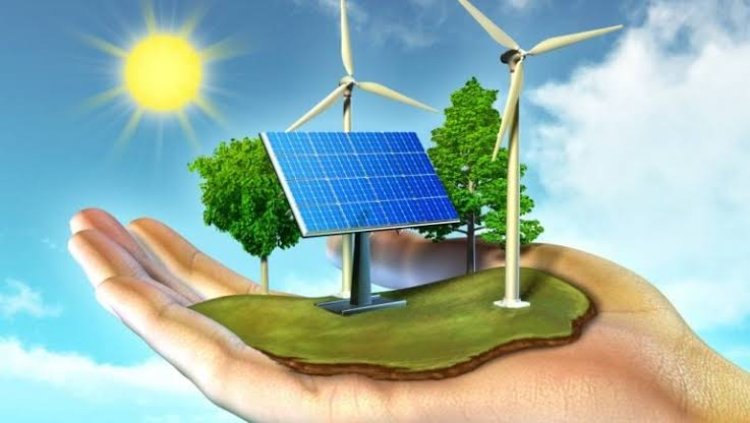What Egypt do to increase capabilities in producing green hydrogen?

Many countries are moving towards green hydrogen because of its great importance. The importance of green hydrogen lies in energy storage from renewable energy sources and electricity generation, as well as the portability of hydrogen, which provides a degree of reliability and stability that other renewable energy sources lack.
In this regard, the Information and Decision Support Center reviewed the visions and legislative frameworks for green hydrogen in the world and the points that can be benefited from in the Egyptian c٧ase, which are as follows:
Defining hydrogen and defining its production methods
Determine the requirements for granting licenses to facilities operating in hydrogen, whether foreign or local
Adopting a pricing system for natural gas used in hydrogen production for power generation purposes
Introduce a certification system for clean hydrogen projects according to the volume of carbon dioxide emitted during hydrogen production and transportation
Develop a plan to store renewable energies using deboned or low-carbon hydrogen
Define specific percentages of renewable energy that energy consumers and chemical producers should use, paving the way for green hydrogen to penetrate the energy sector.
Identify financing tools to encourage investment in hydrogen industries, including investment funds, and identify specialized hydrogen committees consisting of a number of ministries and relevant authorities in addition to experts and academics to develop a master plan for adopting the hydrogen economy.
Determining the regulatory frameworks and environmental requirements for hydrogen transport and storage operations, and defining support packages, benefits and exemptions for projects operating in the field of hydrogen.
Determining the requirements for obtaining approved incentives and support packages, determining the methodology used to calculate greenhouse gas emissions resulting from the use of renewable fuels produced from renewable energy sources, and preparing regulations to ensure safety.
The Information and Decision Support Center indicated the extent of the Egyptian state's readiness to attract green hydrogen investments, as it is distinguished by being the third largest electric energy market in terms of its capabilities and production volume in the Middle East and North Africa, according to the report issued by Fitch Agency in 2023 after Iran and the Kingdom. Saudi Arabia, and projections show that Egypt has one of the largest growth rates among markets in the Middle East and North Africa region.

In addition to the strategy, Egypt signed many agreements regarding hydrogen, including:
Signing agreements in the Suez Canal Economic Zone to establish hydrogen and green ammonia production projects at a total investment cost of $83 billion.
In addition, the combined projects are expected to produce about 7.6 million tons of green ammonia and 2.7 million tons of hydrogen annually.
The green hydrogen projects to be established in Egypt will provide about 44,000 direct and indirect jobs, and 220,000 temporary jobs, in addition to eliminating 37 million tons of carbon dioxide emissions annually in Egypt over the next ten years.
Egypt's capabilities in producing green hydrogen are increasing for several reasons:
Work is under way to prepare the national strategy for green hydrogen in Egypt, in partnership with the European Bank for Reconstruction and Development. The strategy will include a regulatory framework for the domestic production of green hydrogen, and Egypt seeks to reach 8% of world production.

The availability of renewable energy sources, as Egypt enjoys abundant sunshine and wind, which makes it a mine for photovoltaic energy and wind energy, which are essential for the production of low-cost green hydrogen, as Egypt is located in the heart of the global sunbelt
The steady expansion of renewable energy capabilities, as renewable energy capacities at the end of 2021 reached about 63,787 MW, representing about 20% of the total electrical energy in Egypt, and it is planned to raise the share of renewable energy to more than 42% of the electrical energy capabilities by in 2035, more than 7,650 square kilometers have been allocated for the establishment of new and renewable energy projects with a capacity of 90 megawatts.
4- The economic prices of renewable energy. The current cost of renewable energy production is: 2 cents/kWh for solar energy, and 3 cents/kWh for wind. By 2030, renewable energy prices are expected to drop between 50% and 65%.

The large surplus in the nominal capacities of the electric energy, as there is a surplus in the nominal capacities of the total electrical energy, which amounts to about 25% (about 15 thousand megawatts). It is also possible to study the possibility of exploiting this surplus or part of it in the production of green hydrogen for use in stabilizing the electrical networks.
Infrastructure, due to the availability of a large infrastructure, represented in natural gas transmission and distribution networks with a total length of about 60,000 km, which connects all industrial and residential areas and sea ports in Egypt. Natural gas with the implementation of any necessary technical and engineering modifications in the equipment of users to use the gas mixture.


 Shrouq
Shrouq 












